Top tweed: the evolution of Fender’s earliest guitar amps
Terry Foster, co-author of Fender: The Golden Age 1946-1970, imparts his expert knowledge on Fender’s earliest amps
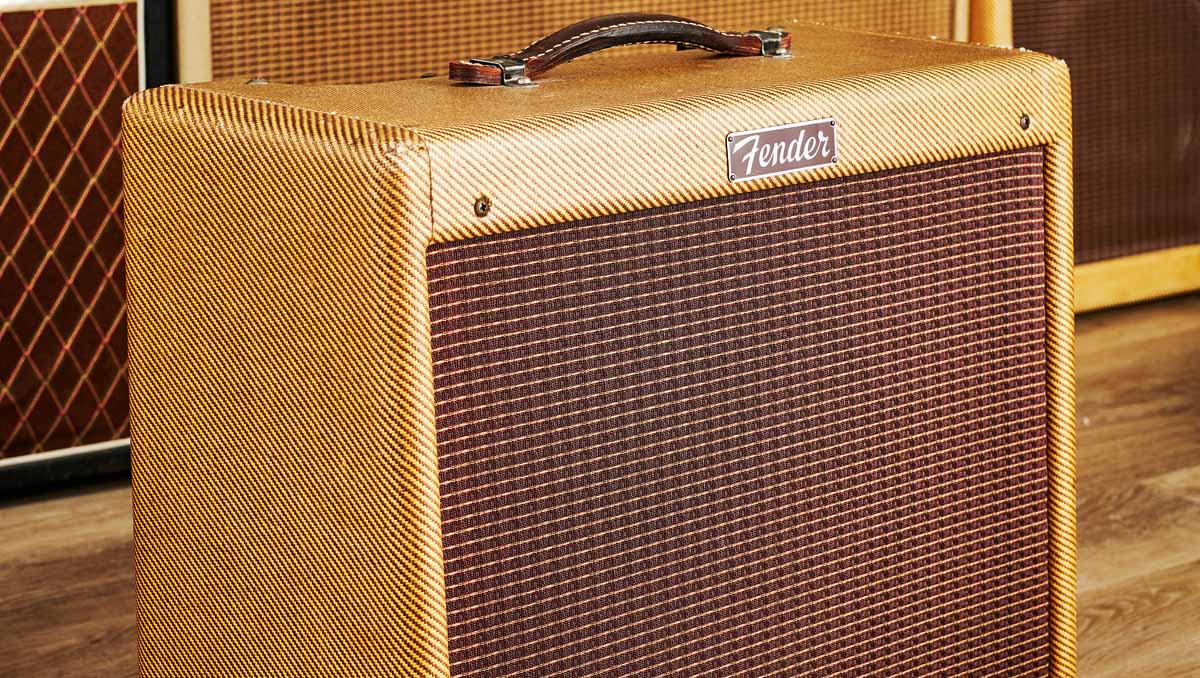
”Fender amps are rooted in Leo Fender’s radio repair shop,” says Terry. “By 1940, he had a full-time business with several employees in Fullerton under the Fender name. It was very successful in the local area, and, according to Leo, they did over 10,000 repair jobs in 1943 alone.
”Around that time, Doc Kauffman – a local professional musician and inventor – would often go into Leo’s shop, which also sold records and sheet music, and they struck up a friendship. Doc came onboard full-time in 1942 and they ended up patenting a pickup [called the Direct String Pickup], so Leo used his existing knowledge of radio to adapt an amp for it. That’s when Doc starts making lap steels and Leo starts making custom amplifiers.
“They also invented an automatic record changer and could have made millions, but they sold the rights and used the money to start up K&F [Kauffman & Fender], building lap steel sets with amplifiers designed by Leo and his employee Ray Massie.
”However, because of the war effort, it didn’t really get going until November 1945. They had distribution deals and it was a relatively successful start-up, but K&F didn’t last long; Doc was more risk-averse than Leo and they amicably parted ways in February 1946. Manufacturing then continued under the Fender brand.”
1. Woodies (1946-1948)
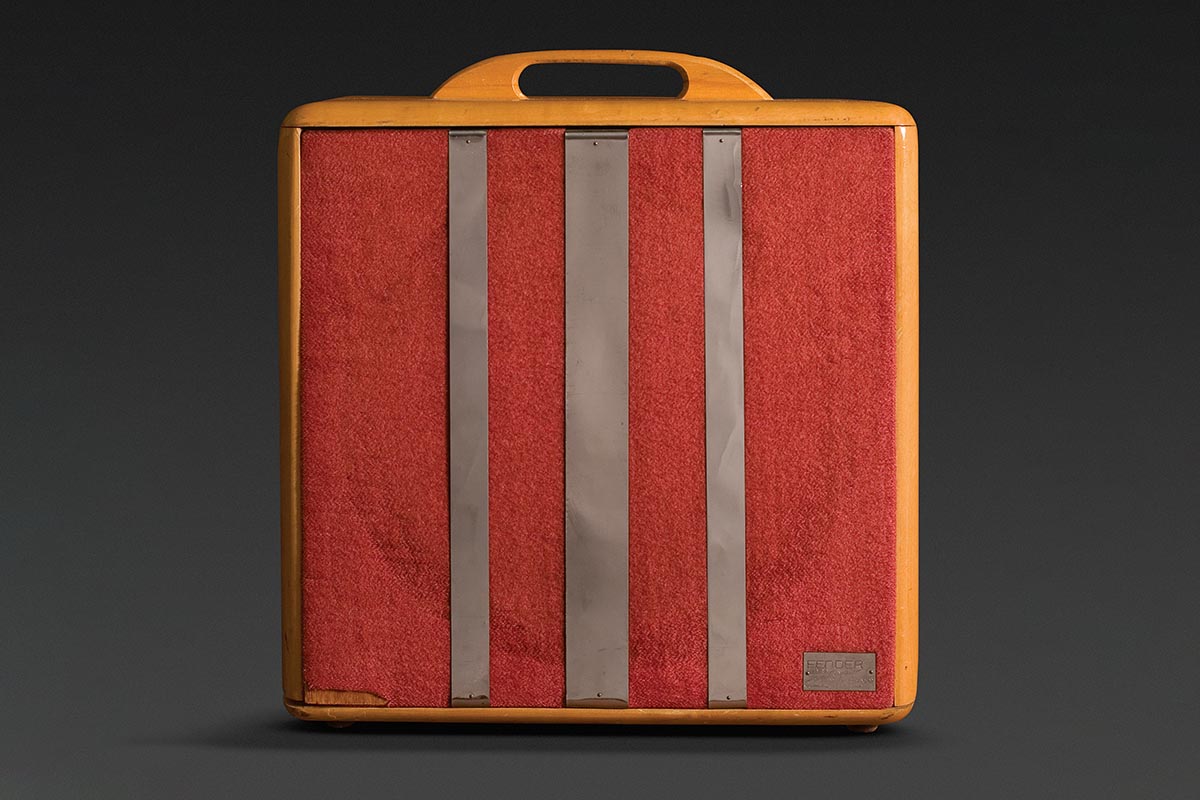
“These are the earliest Fender-branded amps and although they existed prior to Doc and Leo splitting, Leo did advance the designs somewhat. By this stage, Leo had a line of amplifiers. There was the [4.5-watt] Princeton, which was a tiny student model with an eight-inch speaker. Then there was the single 10-inch [10-watt] Deluxe/Model 26 – it has often been said the ‘26’ is a reference to February ’46. And there was the [18-watt] Professional, which has a 15-inch speaker.
“In terms of rarity, I’ve only seen a handful of Princetons and a handful of Professionals. Most of the woodies you see are the mid-line Deluxe/Model 26, so that was probably their bestseller. In early ’48, Leo introduced the [16-watt] Dual Professional, which is the very first Fender tweed amp. It’s got two 10-inch speakers and has an angled front with a vertical metal strip. Leo was constantly moving forward trying to improve his designs.”
2. TV-Fronts (1948-1953)
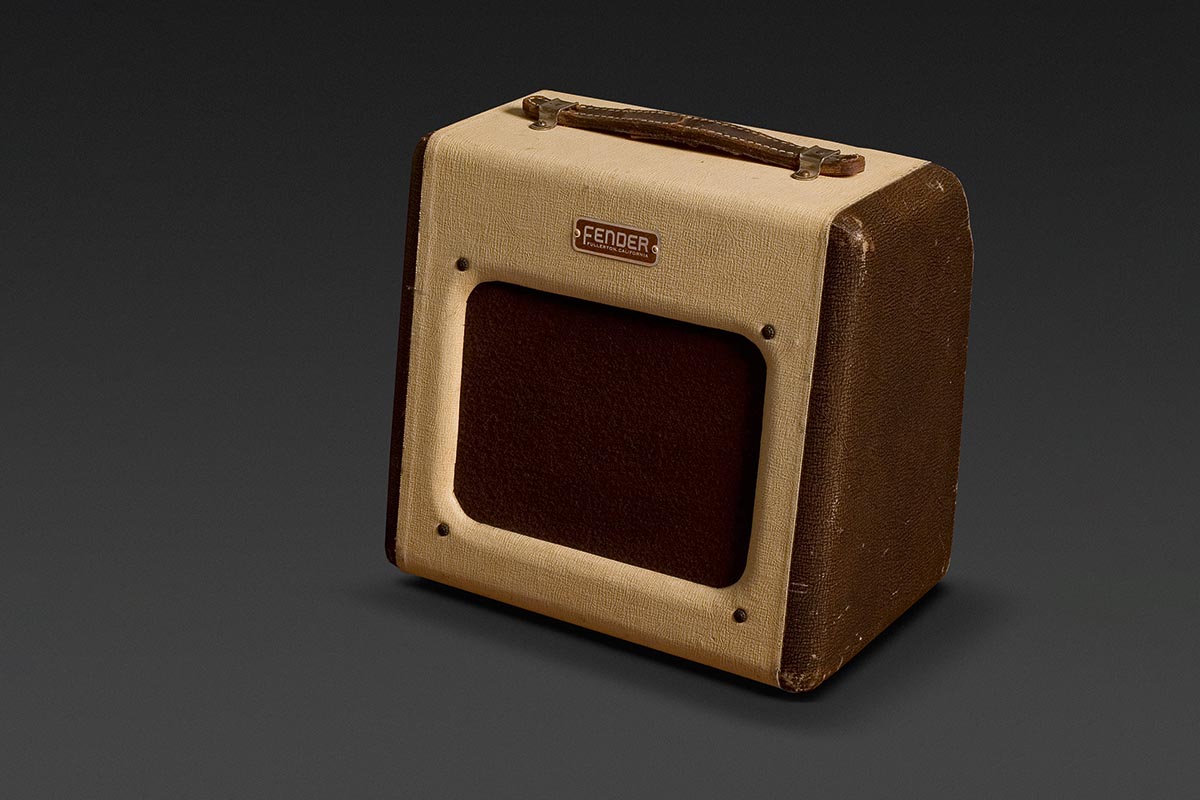
“This first full tweed line was easier to manufacture than the woodies. It meant they could use less expensive pine – rather than hardwoods such as maple and walnut – and the wood didn’t need to be finished. It was all about simple, elegant designs that were easy to service and replicate at scale. At this point in time, Leo’s radio shop was selling TVs, which was the next big thing, so Leo likely took inspiration from there.
Get The Pick Newsletter
All the latest guitar news, interviews, lessons, reviews, deals and more, direct to your inbox!
“The first TV-front samples went out in May ’48. In the TV-front line, there was still a Princeton and a [1x12] Deluxe, but the Professional became the Pro-Amp, and the Dual Professional was renamed the Super. That year, the line was expanded to include the [4-watt/1x8] Champion 800 student amp [superseded by the 3-watt/1x6] Champion 600 in ’49], and in ’52, the [26-watt/1x15] Bassman was released to accompany the Precision Bass.”
3. Wide Panels (1952-55)
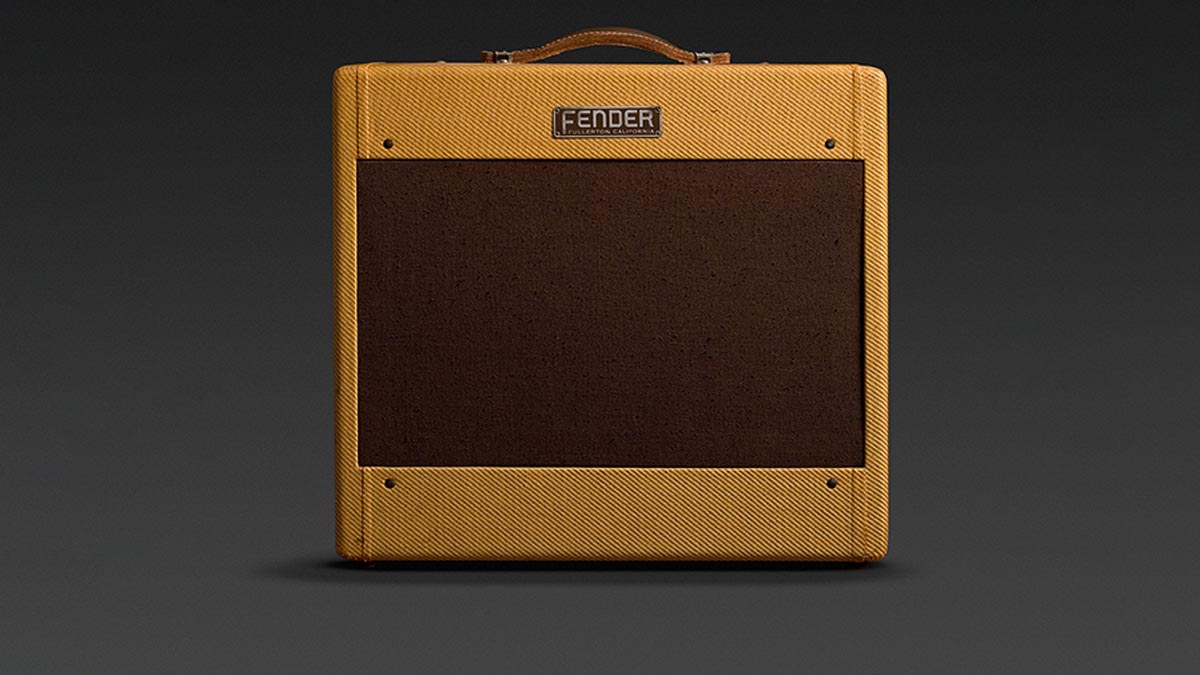
“Leo was always tweaking his designs and moving forward. The look of the amps changed for the same reason things change now: how do you promote the new stuff? It’s got to look different from the old stuff. Fender were selling more amplifiers than electric Spanish guitars during this period. There are some great photos online of BB King playing Gibson guitars, but he’s using TV-front and wide panel Fender amps.
“The new [15-watt/1x15] Bandmaster and [25-watt/2x12] Twin amps that were added to the line were directed at the professional musician. Audiences were getting bigger; the Western swing bands of the early 50s were playing dance halls packed with 5,000 people every night. It was big business in the South West and California. This new technology meant they could project the sound and make the same music with less people on stage, which made their business more profitable.”
4. Narrow Panels (1955-1964)
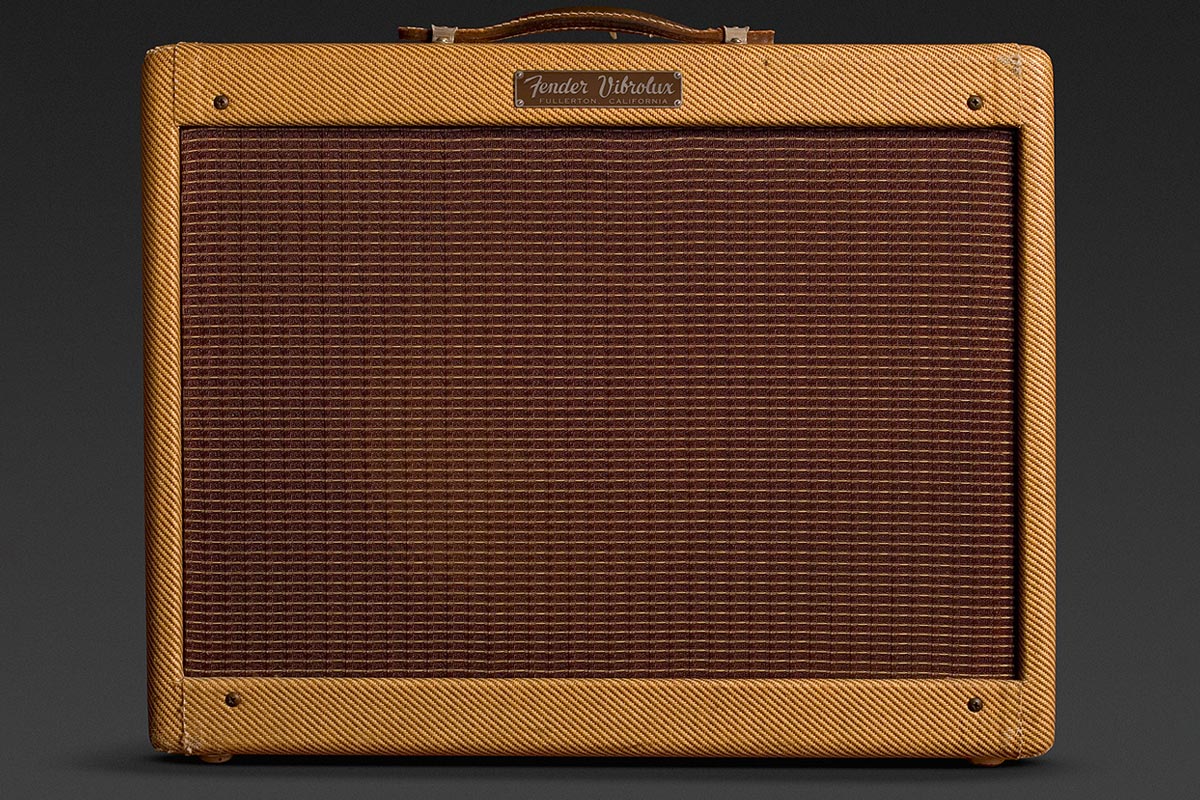
“The narrow panel line used less wood, but it was also another way of refreshing the look. The block logo, which appeared in 1946, is replaced by a Fender script logo in 1955, and the cloth grille is supplanted by a more robust plastic material. The narrow panels consisted of 11 amplifiers with the addition of the [10-watt/1x8 and 1x10] Harvard, [10-watt/1x10] Vibrolux, and [15-watt/1x12] Tremolux. The Tremolux came out in mid-1955 and was the first Fender amp with tremolo.
“The top-of-the-line Twin changed as music changed, meaning it got louder, going from 25 to 50 watts, then 85 watts in ’58. This period from ’55 onwards is the rock ’n’ roll explosion. Smaller bands needed to be louder. Also, the Bassman went from 26 to 50 watts and the [5F6A] circuit became the basis for the first Marshall amp. The first [brown] Tolex amps appeared in ’59, but the Champ remained in tweed up to ’64.”
Rod Brakes is a music journalist with an expertise in guitars. Having spent many years at the coalface as a guitar dealer and tech, Rod's more recent work as a writer covering artists, industry pros and gear includes contributions for leading publications and websites such as Guitarist, Total Guitar, Guitar World, Guitar Player and MusicRadar in addition to specialist music books, blogs and social media. He is also a lifelong musician.
“There’s no doubt in my mind that Mark Sampson was the father of the boutique amp revolution”: An interview with the late, great Mark Sampson, the trailblazing amp designer behind Bad Cat and Matchless
“If you’ve ever wondered what unobtanium looks like in amp form, this is it”: Played and revered by Stevie Ray Vaughan, Carlos Santana, and John Mayer, Dumble amps have an almost mythical reputation. But what's all the fuss really about?

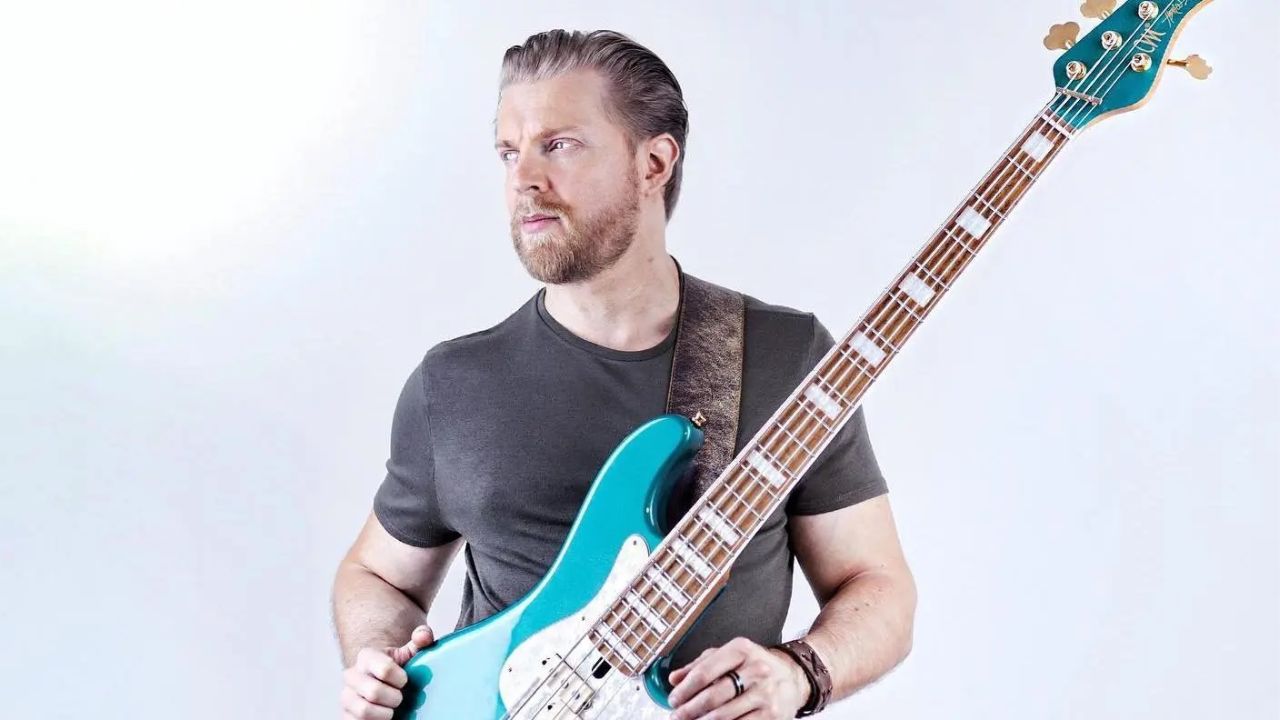







![[from left] George Harrison with his Gretsch Country Gentleman, Norman Harris of Norman's Rare Guitars holds a gold-top Les Paul, John Fogerty with his legendary 1969 Rickenbacker](https://cdn.mos.cms.futurecdn.net/TuH3nuhn9etqjdn5sy4ntW.jpg)

